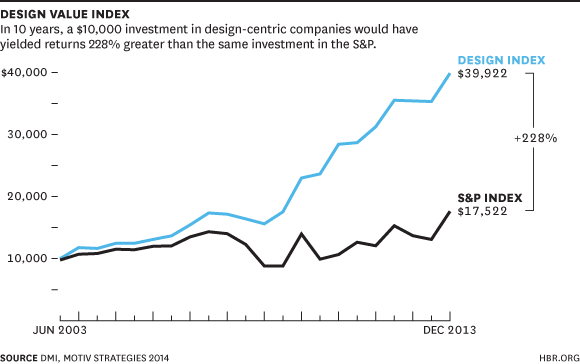When Design Connects with the Brain You Can Drive Marketing Results
The power is in the hands of any designer. Using the right imagery, one can produce a heightened emotional response, enticing an audience to make a decision (hopefully in your favor).
A Simple Breakdown of Visual Processing
Within 13 milliseconds of seeing an ad, your prospect has already visually identified the content and begun emotional processing it. (That’s 10x faster than the blink of an eye!)
Let me explain. Before your prospect understands your ad on a conscious level, they judged it based on first impressions, experience it emotionally, and filter it through a number of cognitive biases.
In under 100 milliseconds, the emotional processing parts of the brain and visual association cortices are activated, helping you decipher the scene. That’s right. Less than a second after the image was first shown, your prefrontal cortex starts the decision-making process. From photon to choice in a few hundred milliseconds.

“Never forget that you only have one opportunity to make a first impression – with investors, with customers, with PR, and with marketing.”
—Dame Natalie Massenet, Chairman of the British Fashion Council
The Emotional Response Colors the Rest of Your Business Interactions
Humans are primed to recognize emotion in other people–it is what helps us navigate our complex social structures. For instance, when you see someone smiling, your amygdala recognizes “happiness” and draws your attention to it. A similar effect can be triggered by a firm handshake or a pleasant greeting.
This is the power of first impressions. In a 2009 study from NYU’s Center for Neural Science, Daniela Schiller and her colleagues looked at the neural correlates of first impressions. They found that activity increased in the amygdala during positive first impressions, influencing what the person paid attention to for the rest of the interaction.

(The positive of the amygdala. Source: Wikimedia Commons)
The amygdala is an almond-shaped, subcortical part of the brain. Whereas the cortex is the part of the brain that controls our consciousness, subcortical structures are much older evolutionarily and are crucial to how we process things like emotions.
Having this direct line to the amygdala means that visual design can elicit both positive and negative emotions almost immediately.
Immediate Assumptions, Immediate Sales From Your Design
One thing you never hear? That sales went down with good design.
The Design Management Institute has been able to quantify the value of design with its Design Value Index. The DVI tracks an index of design-obsessed companies compared to the rest of the S&P index. Companies in the DVI are those like Apple and Nike who place design at the forefront of everything else they do.
From 2003 to 2013, these 15 design-centric brands had a massive, 228% ROI gain compared to the S&P:

$10,000 invested in these 15 brands returned almost $40,000 in 2013.
And with that, the results are in. Design is a powerful tool that really works. Businesses who use design well, tend to beat out their competition.

Nike captures their entire brand ethos with their designs–power, agility and determination, all within one design.
You don’t just want one-time clients who think you’re great. You want loyal customers who come back again and again. By engaging your clients through powerful and consistent design, you make your business unforgettable.
According to AIGA, “When brands have communicated a given message for some time, their audiences start storing that information in their long-term memory.”
From Logo to Colors, Design Decisions Strong Impact on Brand’s Memorableness
Brands are created through intentional and carefully chosen design decisions. Brands are more than simply the outward appearance of a brand, but all the tiny details that create a truly memorable experience for your customers.
“I strive for two things in design: simplicity and clarity. Great design is born of those two things.” – Lindon Leader.
As Danny Schreiber, Marketing Director at Zapier, says, “Good design is obvious. Great design is transparent. Great design can bring your message to the forefront, engage your customers, and convert new users into loyal clients—without your users even realizing it.”
Jared M. Spool points out that when Netflix asked their users what they liked best about their business, customers noted the wide selection of movies, the recommendations tool, the awesome service, etc. But one thing they didn’t mention was that the site was extremely functional, cleverly designed, and expertly maintained.
“While all these things are what the designers at Netflix work hard on every day, they go unmentioned by their customers,” says Spool, “It’s not because these aspects aren’t important. It’s because the designers have done their job really well: they’ve made them invisible.”
Great design draws in your users and helps them have an amazing experience. If your design is really stellar, your customers won’t even notice it, but rather, will remember the outstanding experience they had engaging with your company.
Visual design works so well because it works with the brain. It takes advantage of what our human brain has been designed to do–take in an amazing array of visual information fast and make it meaningful. The easier you make that visual task for the brain, the more it will reward you.
Design plays a major role in all aspects of a marketing campaign. When it’s time for you to get your marketing campaign going, use this checklist to be sure you’ve covered all of your bases. Download your free Marketing 101 Checklist and get ready to hit “go” on a successful marketing campaign.
